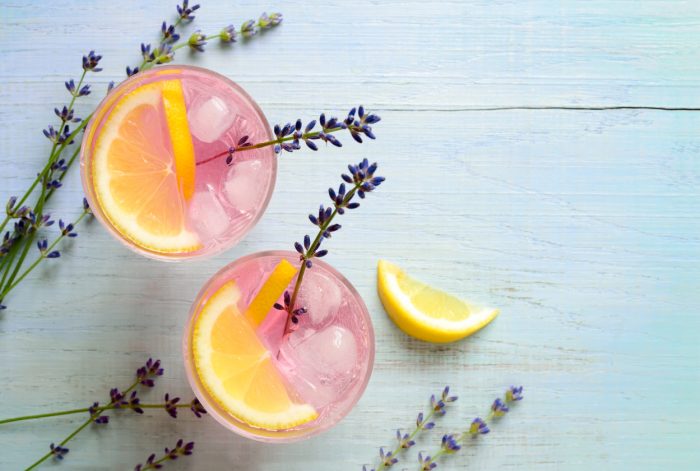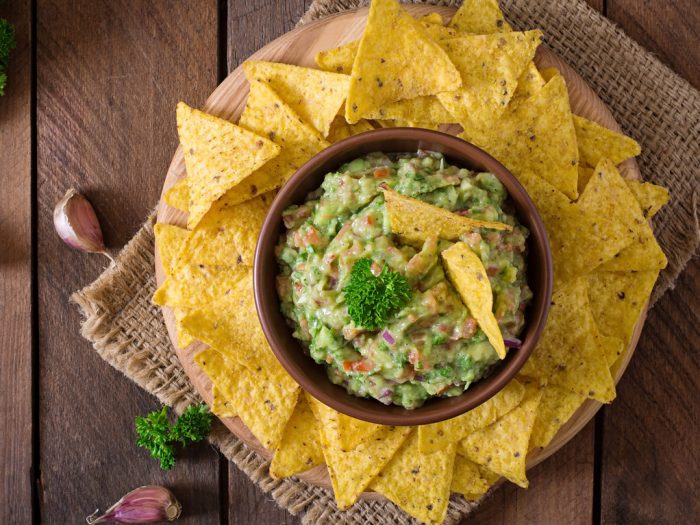It has (maybe) the best smell out there and it can liven up any room. It has calming properties and a very pleasant color. But did you know that some people use it in food? If you’re interested in cooking with lavender, then we’re here to help you learn.
I am obsessed with lavender. Every year I eagerly anticipate what I call lavender season, hoping for June to come sooner and bring with it all of the women (and sometimes men) who sell it on street corners. I can feel the scent a mile away and I cannot wait to bring the fragrant bouquets to my lair, where I hoard them. I have lavender from the past three-four years, arranged in glasses and vases, in every room. It is said to keep mosquitoes away and help you have a better sleep.
I won’t even tell you about the fact that I use lavender shower gel, soap, body cream, this weird dust that’s supposed to absorb the smell of smoke in my living room… Oh, wait. So, of course, when I found out about cooking with lavender, my ears pricked up and I was ready to learn how to do that. But first, I went and got a lavender iced latte, to celebrate!

3 tips and tricks for cooking with lavender
1. Buy culinary lavender
Yes, there are more types of the plant out there and yes, there is a specific type that you should use when cooking with lavender. You will find it fresh and dried and the farmers’ market. Ornamental lavender is in no way produced to be used in cooking (even though it is not deadly or harmful). So, choose the culinary type, every time.
How are these types different from one another? Well, the oils in them are different in flavor and in potency. English lavender is usually used because it is the sweetest kind. But it also has multiple varieties, some sweeter, some tangier.
2. Don’t use it as is
You can’t just throw some lavender in your food while it’s cooking and then read a magazine until you taste some of the dish you’ve made and see that it’s not really that pleasant to chew through it. The key here is to use it as an infusion. Make a simple syrup, add some lavender and then strain it out before using it in your dish. You can also grind it with some sugar in a mortar or pestle and then add it to your baked goods.

3. Don’t overdo it
You know this. It’s enough for a gust of wind to move your curtains and touch your lavender bouquet for that strong, amazing fragrance to be felt around your house. That means that the flavor of lavender is also strong in cooking. Don’t use too much of it, or you won’t feel any other flavor in your dish. When you’re starting out, use the exact amount mentioned in the recipe you’re using.
And another useful tip is to pair lavender with something that has a comparatively strong flavor. Lemon juice, for instance, because it’s brighter and they make for an interesting contrast.
What dishes should you use it in?
I’ve already mentioned that lavender goes great with lemon juice, so a lavender lemonade is the first thing on my mind during lavender season. Find other great lemonade ideas, here.
You can also use lavender to flavor honey and you will find that their pairing is one to cherish. You can add the flowers to honey and then warm it gently to infuse this flavor into it. Then spread it on buttered toast, like I do, or use that infused honey in whatever recipe you might want to.

You can also flavor alcohol with lavender. Add it to a bottle of gin or martini, my next try is actually vodka! Then put the bottle in the freezer and take it out during the heated days of summer to create refreshing drinks and cocktails like lavender gin and tonic.
If you grind the lavender with sugar, then you can use the product of that in your baking. Make lavender macarons, meringue, or pound cake or, why not, a lavender glaze for a cheesecake.
And if you’re a fan of lamb, use lavender sprigs instead of rosemary (or a rosemary-lavender combo) for a dry rub before cooking lamb chops. Try to do that with chicken wings as well! The flavors will definitely stand out.






